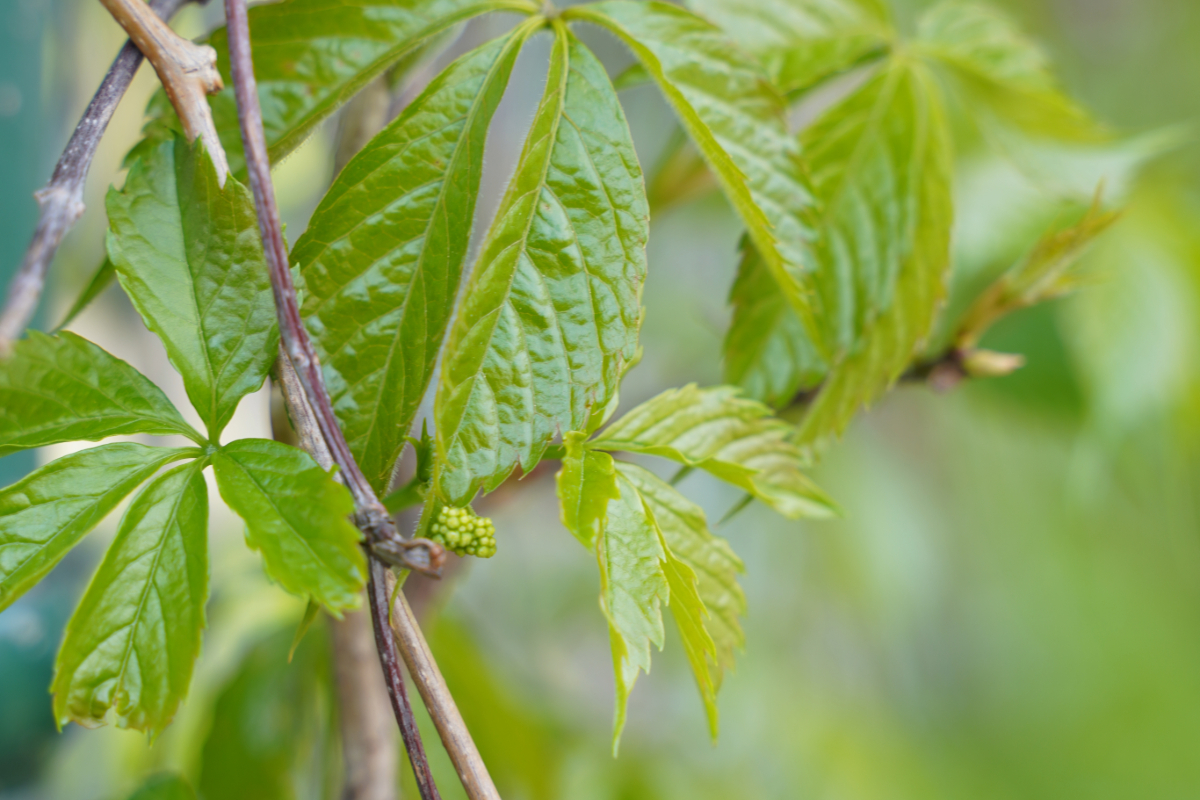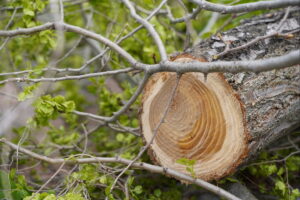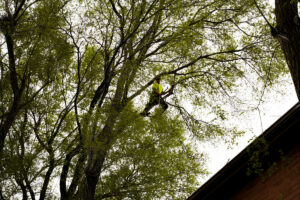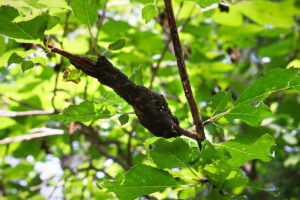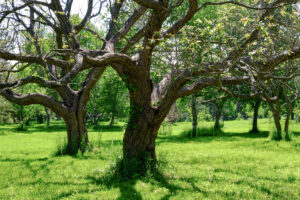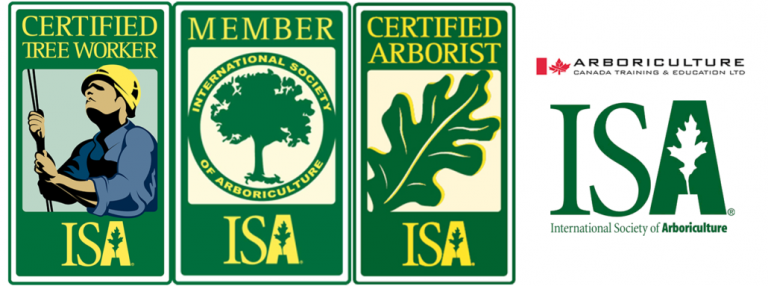Every tree you see – whether in your backyard, lining city streets, or growing wild in the forest – relies on an internal structure to grow strong and stay healthy. Anatomy is more than just scientific jargon; it’s a key part of understanding the functions of a tree and how to care for them effectively.
For tree care technicians, understanding arborist terminology is essential for everything from pruning practices and risk assessment, to disease diagnosis. For homeowners, basic knowledge of tree terminology can help identify early signs of stress or damage before they become costly problems.
Why the Anatomy of a Tree Matters
Understanding the anatomy of a tree isn’t just for arborists – it’s essential for anyone living near trees. When one section weakens, it can pose serious safety risks, especially in residential areas. Beyond safety, good tree health supports longer lifespans for our green friendly giants, improves air quality, and helps manage stormwater and soil erosion.
What is the Anatomy of a Tree
The four main sections – Roots, Trunk, Branches, and Leaves – ensure each tree has everything it needs to thrive, while ensuring all functions are properly working. Let’s take a closer look at each of these sections.
Roots: The Hidden Foundation
Each tree has an intricate root system that absorbs water and nutrients from the soil. Through osmosis, water naturally moves into the roots from the surrounding soil where the concentration of solutes (like minerals and salts) is higher inside the root cells than outside. This process helps maintain the tree’s internal water balance and overall health. Root systems also ensure the tree has enough in its energy stores to last throughout Ontario’s long winter months, and provides structural anchorage to keep trees from falling over.
Given its enormous systems, roots are especially at risk when damaged – whether from construction, soil compaction, a lack of soil nutrients, or drought. ATC’s arborists can perform a hazard tree assessment to check the base of a tree and recommend strategies for protection or restoration.
Trunk: A Tree’s Backbone
Standing tall and proud, the trunk is the central column that rises from the roots and stretches upwards to support branches and leaves. It serves to hold up the canopy and acts as a pipeline, transporting water and nutrients. Let’s break down the main layers of a tree found within the trunk.
Heartwood
Found at the core, this dark, dense wood is made of old xylem cells, once responsible for transporting water and minerals throughout the tree. As xylem cells gradually mature and die off, they harden and become more rot resistant, turning into heartwood. Heartwood provides strength and structure, helping the tree to remain upright.
sapwood
Located just outside the heartwood, sapwood is lighter in colour and is made of living xylem cells. Think of it as a tree’s plumbing system. This layer is responsible for moving water and minerals from the roots to the leaves.
cambium
This super thin, active layer between the bark and the sapwood, is where the majority of tree growth occurs. The cambium continuously produces new cells, helping the tree grow in diameter over time. It also generates both new xylem (which carries water) and phloem (which transports nutrients). Because it plays such a vital role in nutrient support, any damage to the cambium – such as from pests like the emerald ash borer – can be highly detrimental to the tree’s health.
bark
The outermost layer, bark protects the tree from injury, pests, and weather. Made up of outer bark and inner bark, the inner bark helps transport nutrients. As these xylem and phloem cells age, they become the outer bark, which forms a protective barrier.
Trunk damage—such as cracks, wounds, or signs of rot—can signal internal decay. These issues may not be obvious at first glance, which is why homeowner consultation with a certified arborist is recommended.
Branches: Structural Extensions
Branches act as extensions of the trunk – secondary woody stems that spread outward, helping trees reach sunlight. Each branch contains growing tips called apical meristems, which form new leaves and sometimes new branches, shaping the tree’s crown over time.
Branches play a significant role in its energy production via photosynthesis by holding up the leaves that power the tree’s energy system. Healthy branches means more leaves and more energy for trees to grow and thrive. Pruning helps maintain branch strength, reduce hazards, and improve airflow. As part of ATC’s tree pruning services, we use proper pruning techniques to support long-term tree growth and structure.
Leaves: The Energy Producers
Leaves are where the magic happens. These thin, green structures are responsible for photosynthesis – the process that turns sunlight, water, and air, into food. Leaves are packed with chlorophyll, the pigment that gives them their green colour and captures sunlight. Nutrients stored in the tree’s branches and roots throughout the fall months are then used in spring to grow new leaves and jumpstart the tree’s energy cycle. This energy production is arguably the most important function, because it fuels everything from growing to healing.
The Bottom Line on the Anatomy of a Tree
Tree anatomy isn’t just for arborists—it’s useful knowledge for any property owner. Understanding the role each part plays can help you spot early signs of trouble and make informed decisions about your trees’ care. That said, this is just the beginning. Professional arborists bring years of training and experience to preserving tree health, from diagnosing complex issues to supporting long-term growth.
At Advanced Tree Care, we believe informed homeowners make the best tree care decisions. Whether you’re concerned about root health, structural stability, or simply want to keep your trees thriving year-round, we’re here to help. Think your tree might be showing signs of stress or decline? Contact ATC’s experts today!

